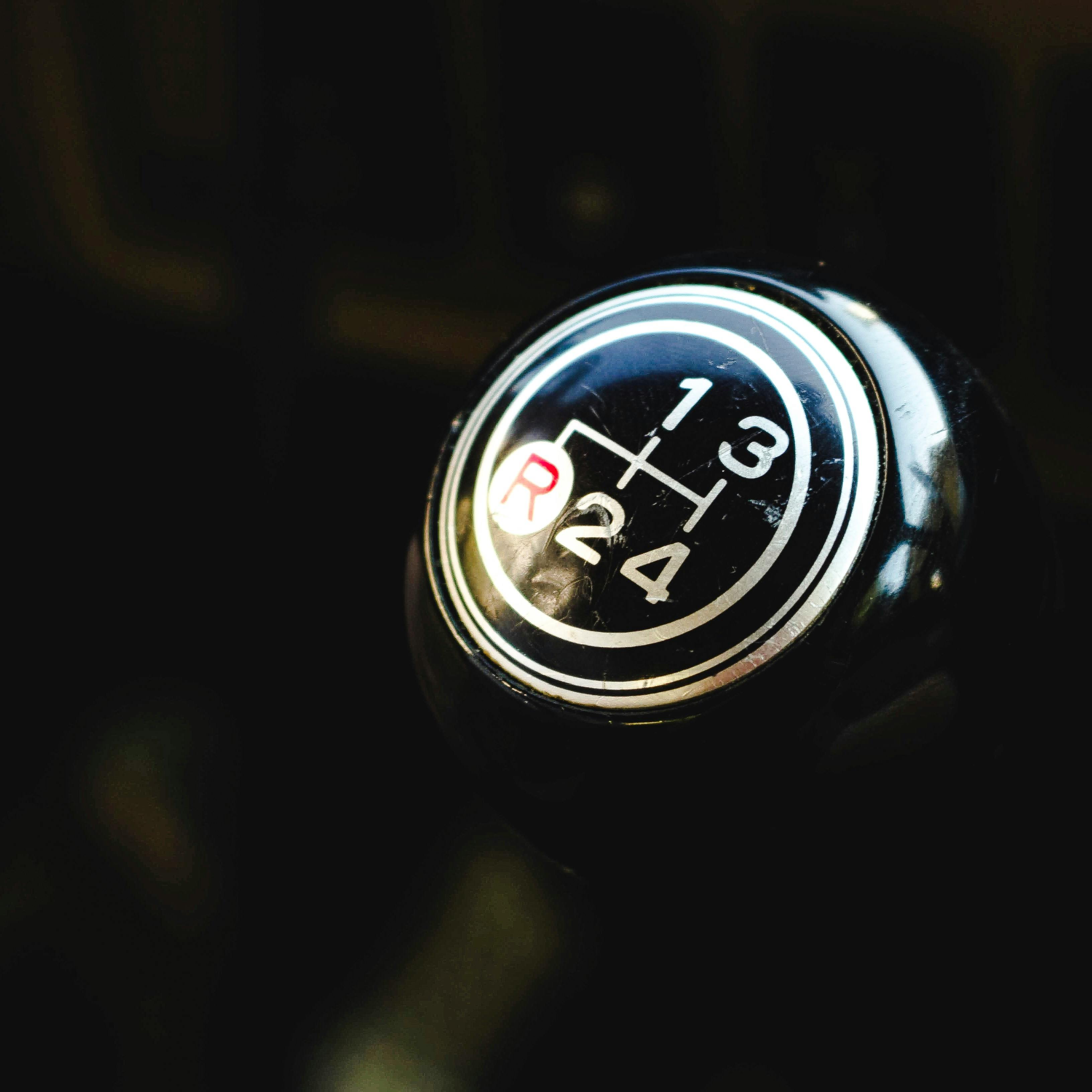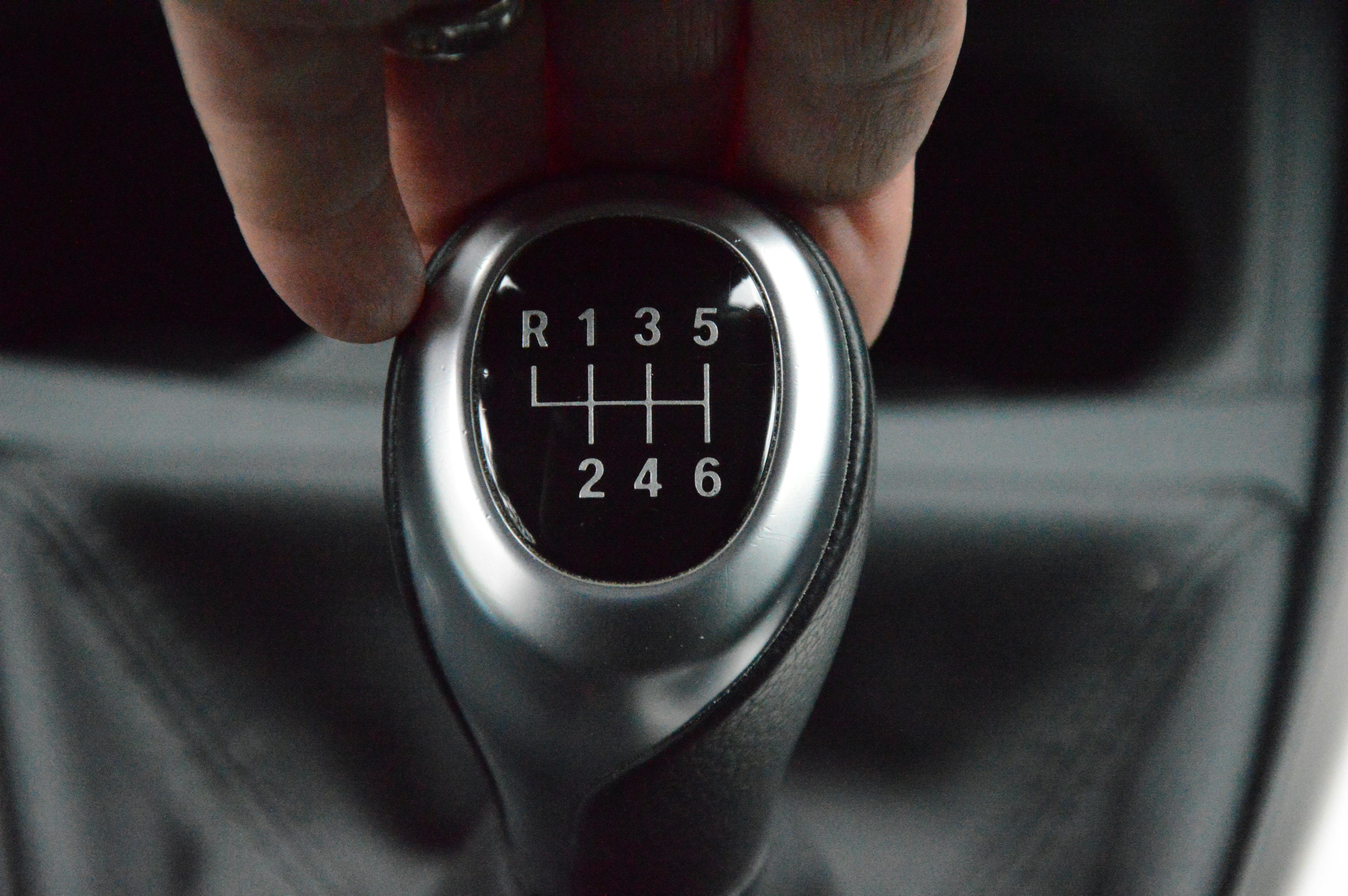Clutch Care: Tips for Manual Transmission Vehicles
Owning a manual transmission vehicle can be a thrilling experience, offering drivers a greater sense of control and engagement on the road. However, maintaining the clutch—an essential component of manual transmissions—requires attentive care to ensure its longevity and performance. At Applewood Performance Center, we believe that proper clutch care is crucial for a smooth and enjoyable driving experience. In this article, we’ll share valuable tips for maintaining your manual transmission vehicle’s clutch, helping you extend its life and avoid costly repairs.

Understanding the Clutch
Before diving into maintenance tips, it’s important to understand how the clutch works. The clutch connects the engine to the transmission and allows you to change gears smoothly. When you press the clutch pedal, it disengages the engine from the transmission, enabling you to shift gears. Releasing the pedal re-engages the engine, transferring power to the wheels. Given the clutch's critical role, it’s essential to keep it in good condition.
1. Avoid Riding the Clutch
One common mistake many drivers make is "riding the clutch." This occurs when you rest your foot on the clutch pedal while driving, causing partial engagement and unnecessary wear. To avoid this, always remove your foot completely from the clutch pedal after shifting gears. Use the dead pedal (footrest) to rest your foot instead.
2. Smooth and Steady Engagement
Engaging the clutch smoothly and steadily is key to prolonging its life. Abruptly releasing the clutch pedal can cause excessive wear and damage. Practice engaging the clutch gently and gradually, allowing the engine and transmission to synchronize properly. This reduces strain on the clutch components and ensures smoother gear shifts.
3. Don’t Use the Clutch to Hold Your Vehicle on a Hill
When stopped on an incline, some drivers use the clutch to hold their vehicle in place by partially engaging it. This practice, known as "clutch slipping," generates heat and accelerates wear. Instead, use the handbrake (parking brake) to keep your vehicle stationary. When you’re ready to move, release the handbrake as you engage the clutch and apply the accelerator.
4. Shift Gears at the Right RPM
Shifting gears at the appropriate RPM (revolutions per minute) range is vital for clutch health. Shifting too early or too late can cause the engine to lug or over-rev, putting undue stress on the clutch. Familiarize yourself with your vehicle’s optimal RPM range for each gear and aim to shift within that range. This helps maintain smooth operation and reduces wear on the clutch.
5. Regular Maintenance and Inspections
Regular maintenance and inspections are crucial for keeping your clutch in top condition. Schedule routine check-ups with a professional mechanic to assess the clutch and related components. They can identify early signs of wear, such as slipping or difficulty in shifting gears, and address issues before they escalate into major problems. Keeping up with regular maintenance also helps ensure that your clutch operates smoothly and efficiently.

6. Change Transmission Fluid
Transmission fluid plays a vital role in lubricating the clutch components and ensuring smooth gear shifts. Over time, the fluid can become contaminated or degraded, affecting performance. Check your vehicle’s owner manual for the recommended transmission fluid change intervals and follow them diligently. Regular fluid changes help maintain optimal clutch function and extend its lifespan.
7. Replace Worn Components Promptly
If you notice any signs of clutch wear or malfunction, such as a spongy pedal feel, unusual noises, or difficulty in shifting gears, seek professional assistance immediately. Delaying repairs can lead to further damage and more extensive (and costly) repairs down the line. Promptly replacing worn clutch components ensures continued reliable performance and prevents more significant issues.
8. Minimize Heavy Loads and Towing
Frequently carrying heavy loads or towing trailers can place additional stress on your clutch. The extra weight requires more torque to move, leading to increased wear. If possible, minimize heavy loads and towing activities. If you must tow, ensure that your vehicle is equipped with the appropriate towing capacity and consider using a lower gear to reduce strain on the clutch.
9. Avoid Overloading the Vehicle
Overloading your vehicle beyond its recommended capacity can put unnecessary strain on the clutch. Excessive weight increases the load on the engine and transmission, leading to accelerated wear. Always adhere to the manufacturer’s guidelines for maximum payload capacity to protect your clutch and other drivetrain components.
10. Use the Correct Gear for the Situation
Using the correct gear for the driving situation is essential for clutch health. Driving in too high or too low a gear can cause the engine to struggle, increasing clutch wear. Pay attention to your speed and road conditions, and select the appropriate gear to maintain a smooth and efficient driving experience.

Conclusion
Proper clutch care is essential for maintaining the performance and longevity of your manual transmission vehicle. By following these tips, you can reduce wear, prevent costly repairs, and enjoy a smoother driving experience. Remember to avoid riding the clutch, engage it smoothly, shift at the right RPM, and perform regular maintenance.
At Applewood Performance Center, we’re dedicated to helping you get the most out of your vehicle. Our team of experienced technicians is here to provide expert advice and top-notch service to keep your clutch and transmission in peak condition. Visit us today for professional inspections, maintenance, and repairs to ensure your manual transmission vehicle stays in excellent shape.



